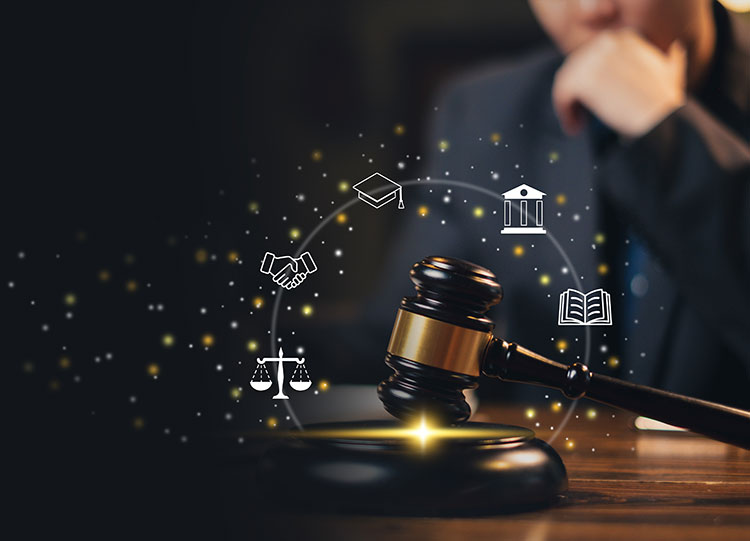Bringing Clarity to the Courtroom with Legal Art
Bringing Clarity to the Courtroom with Legal Art
Blog Article

As courtroom communication evolves, visuals have become central. Legal teams increasingly use illustration to explain events, scenes, and processes. Companies like LawFX are at the forefront of this visual legal revolution.
Understanding Courtroom Visuals
Courtroom illustrations are visual representations created for use in trial or litigation support. From car wrecks to faulty product usage, illustrations offer clarity for non-expert audiences. Every image they produce is both court-admissible and strategically impactful.
Visual Strategy by LawFX
LawFX works hand-in-hand with attorneys to create visuals tailored to the case. Each image supports testimony and simplifies complex evidence.
Why Use Courtroom Illustrations?
Jurors often retain images far better than spoken copyright. An effective illustration can support or even replace lengthy explanations. This improves juror retention and creates stronger emotional impact during trial.
Illustrations vs. Trial Graphics
They're used to organize arguments or highlight key facts. LawFX often combines both to deliver a unified, persuasive presentation strategy.
Who Uses Legal Illustrations?
Attorneys in fields like personal injury, product liability, and malpractice use visuals to explain their case. The versatility of these visuals makes them valuable across all phases of litigation.
Where Trial Illustrations Make a Difference
Jurors can see what happened instead of just hearing it. Medical cases especially require diagrams of anatomy, procedures, or diagnostic errors.
The Illustration Process at LawFX
Next, they collect evidence, photos, expert reports, and medical records. Revisions litigation illustration company are made until a final court-ready visual is produced. This collaborative method ensures that every visual is effective, precise, and courtroom-approved.
Improving Jury Comprehension with Art
Most jurors are unfamiliar with technical language or specialized procedures. Visual storytelling keeps jurors focused and makes complicated testimony easier to follow.
How LawFX Ensures Legal Compliance
Every LawFX visual meets courtroom standards for fairness and accuracy. Avoiding exaggeration or misleading design ensures their work withstands scrutiny and contributes to trial success.
How Legal Art Supports Mediation and Arbitration
Beyond the courtroom, visuals are powerful tools in pre-trial negotiations. Attorneys use them to influence settlement terms or simplify complex arguments during mediation.
Courtroom Illustration FAQ
What visuals do you create? Courtroom illustrations, trial graphics, 3D models, and digital presentations.
Are they admissible? Yes—they meet evidentiary standards and are reviewed with experts.
What’s the difference between illustrations and trial graphics? Graphics show data; illustrations show events or scenes.
Where can they be used? In court, settlement, depositions, and mediation.
How long does it take? Simple visuals take days, complex ones may take 1–2 weeks.
Visuals as Legal Strategy
Legal visuals improve communication, clarify arguments, and help jurors make better decisions. LawFX stands out by combining artistic talent with legal understanding.
Report this page